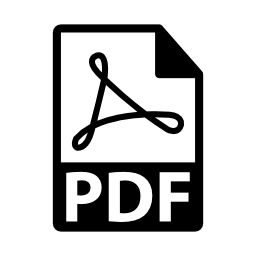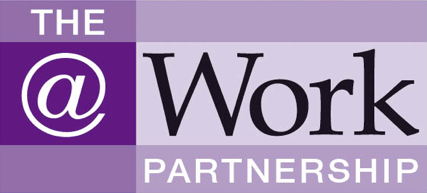October/November 2019 (vol. 16/3)
ContentsFeaturesNewsLegal
NewsResearch DigestResearch PlusCPD
 Personal Learning Zone in this issue
Personal Learning Zone in this issue
Summary:
FEATURED ARTICLES
This issue of Occupational Health [at Work] features a Personal Learning Zone (PLZ) article recommended for continuing professional development (CPD). The assignment questions, ‘Personal learning statement’ and ‘Certificate of engagement’ are available to subscribers at here. These will also be stored in your password-protected PLZ. The PLZ will help you document your own CPD. Occupational health physicians and nurses, occupational hygienists and other professionals can use the resource in support of their specialism’s revalidation or CPD requirements..
Pages 20–26. Managing long-term sickness absence: barriers and facilitators to return to work.. Successful management of longterm absence depends on the early identification of the psychosocial barriers to return to work (RTW), and these should be addressed as early as possible. Considerable evidence is now available on the components of successful RTW interventions as well as on the barriers to, and facilitators of, RTW for different types of health conditions.
ADDITIONAL CPD
The following articles, news and research items are suggested reading for CPD and professional revalidation. Subscribers can complete their online Personal Learning Zone CPD record at here
Page 4-5. The UK Chief Medical Officers have updated their recommendations on doing physical activity to reduce the risk of cardiovascular disease, cancer and other diseases. They highlight the importance of physical activity to maintain muscle strength.
Page 6-7. The UK Advisory Panel for Healthcare Workers Infected with Bloodborne Viruses has updated its guidance on health clearance to carry out exposure-prone procedures. It includes new rules regarding hepatitis B infection
Pages 16-19. Employers and occupational health professionals should be aware that legislation coming into effect in 2020 will give rights to paid leave for parents/carers who suffer a child bereavement or stillbirth. But employers can do more to support workers who are bereaved
Pages 27-30. A robust policy is central to an employer’s approach to drugs and alcohol. But it should not be drawn up by one person – it requires input from all stakeholders
Pages 37-38. Occupational health professionals who undertake health surveillance of vibration-exposed employees should take note of two key documents, including new guidance on the Control of Vibration at Work Regulations 2005.
Pages 39-42. Our compendium of recent research in occupational health includes a workplace intervention to reduce sitting time at work.
Author: The At Work Partnership Ltd
Occupational Health at Work October/November 2019 (vol. 16/3) pp43


